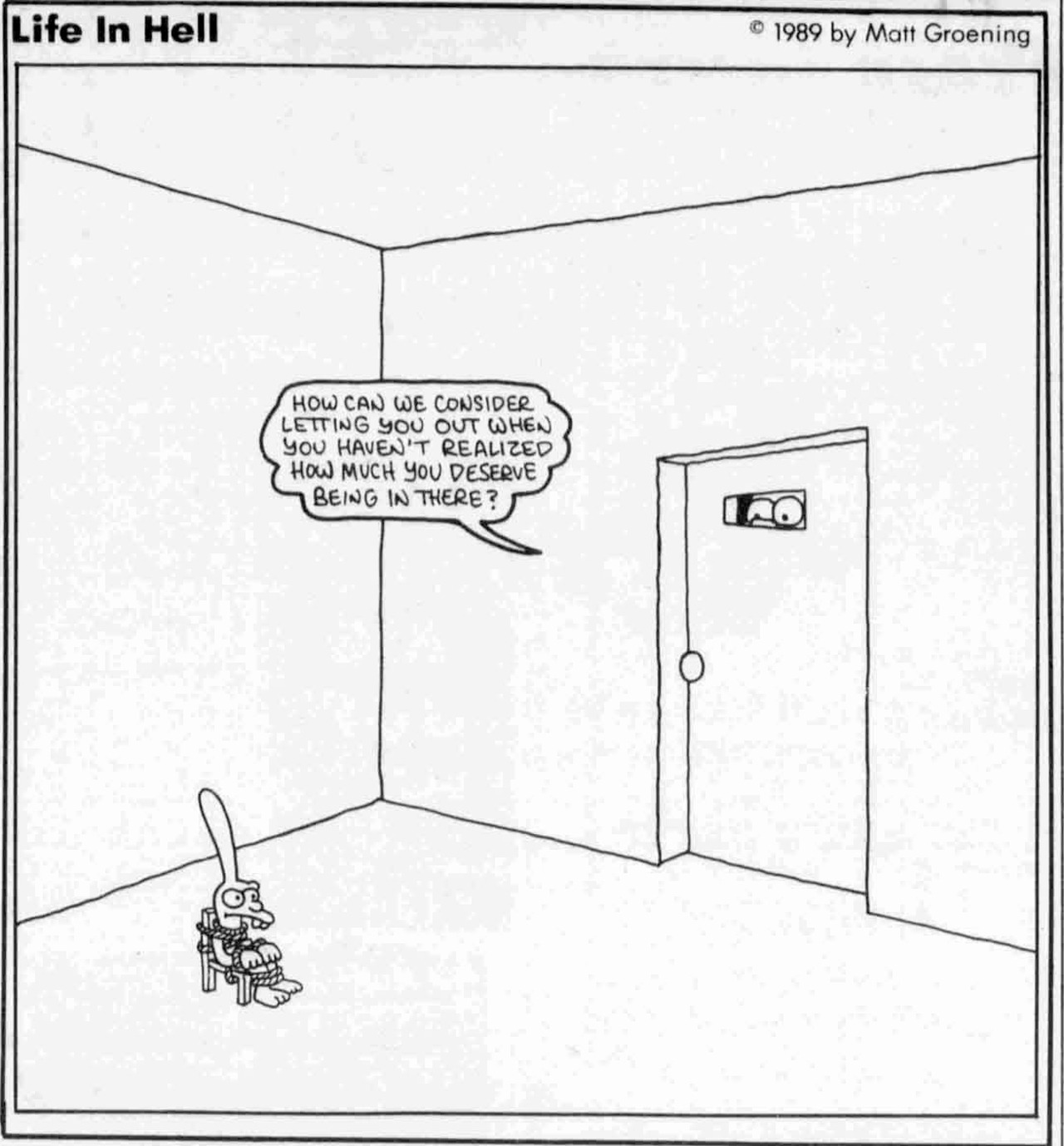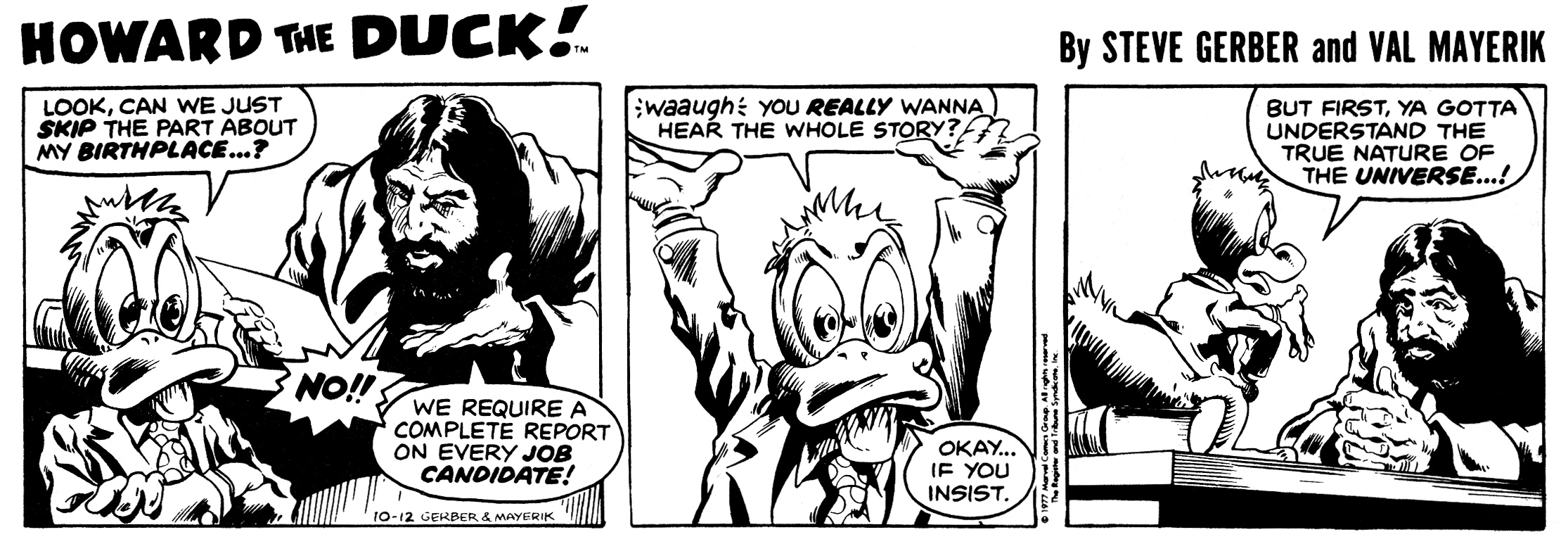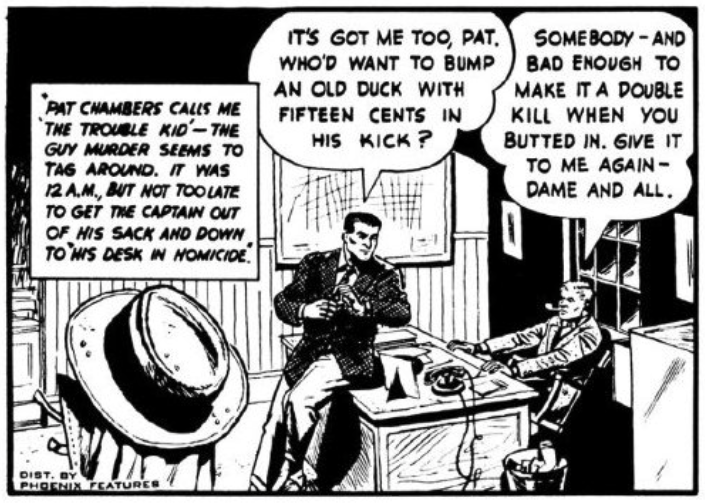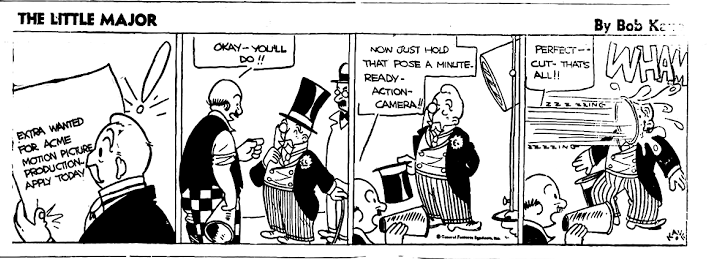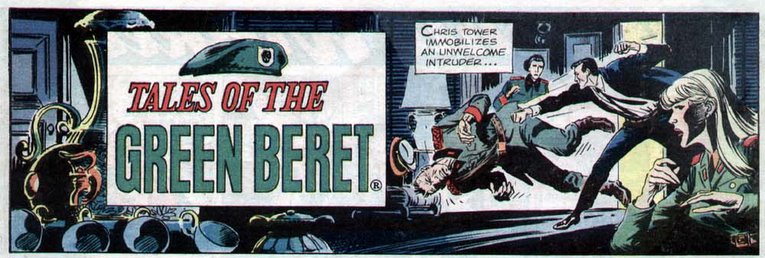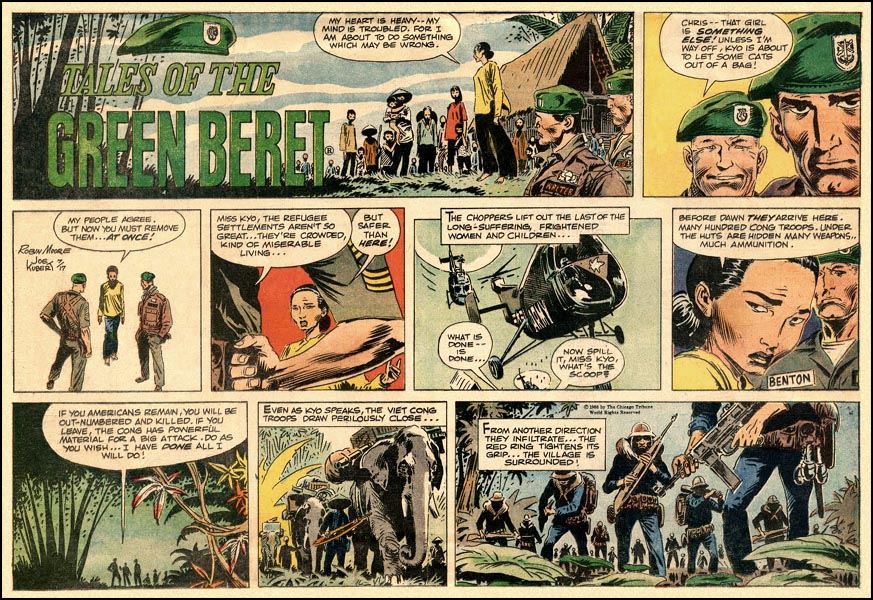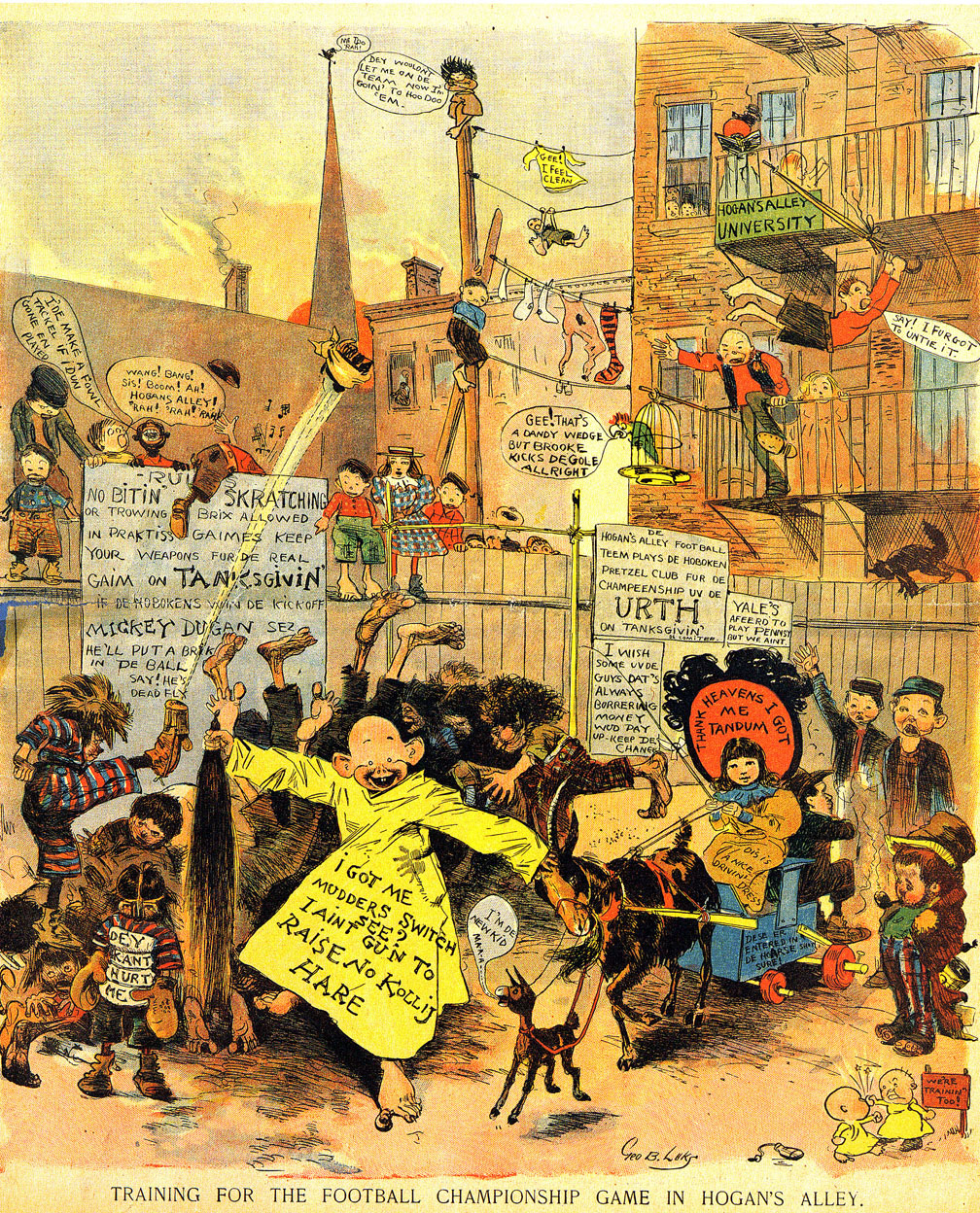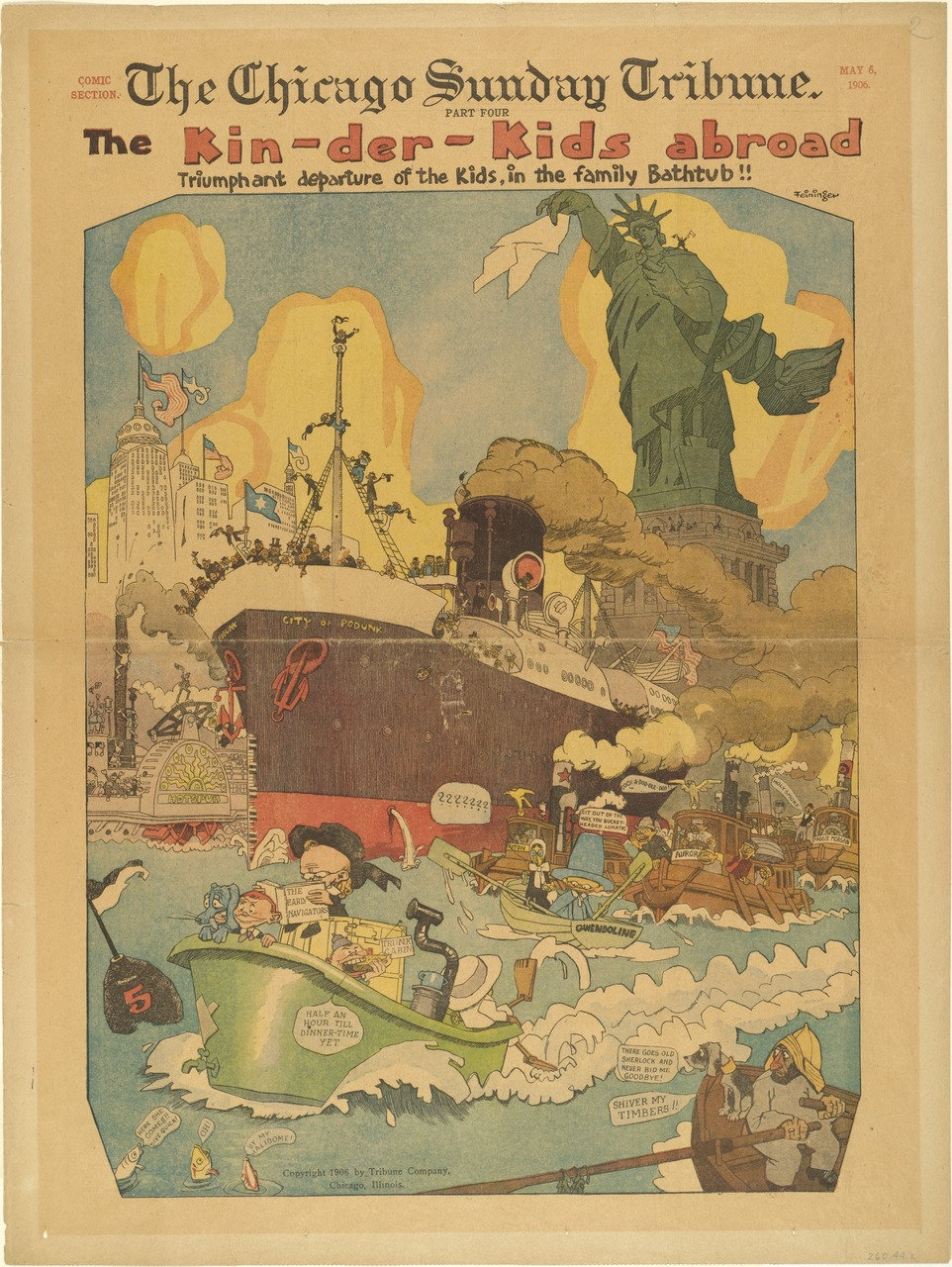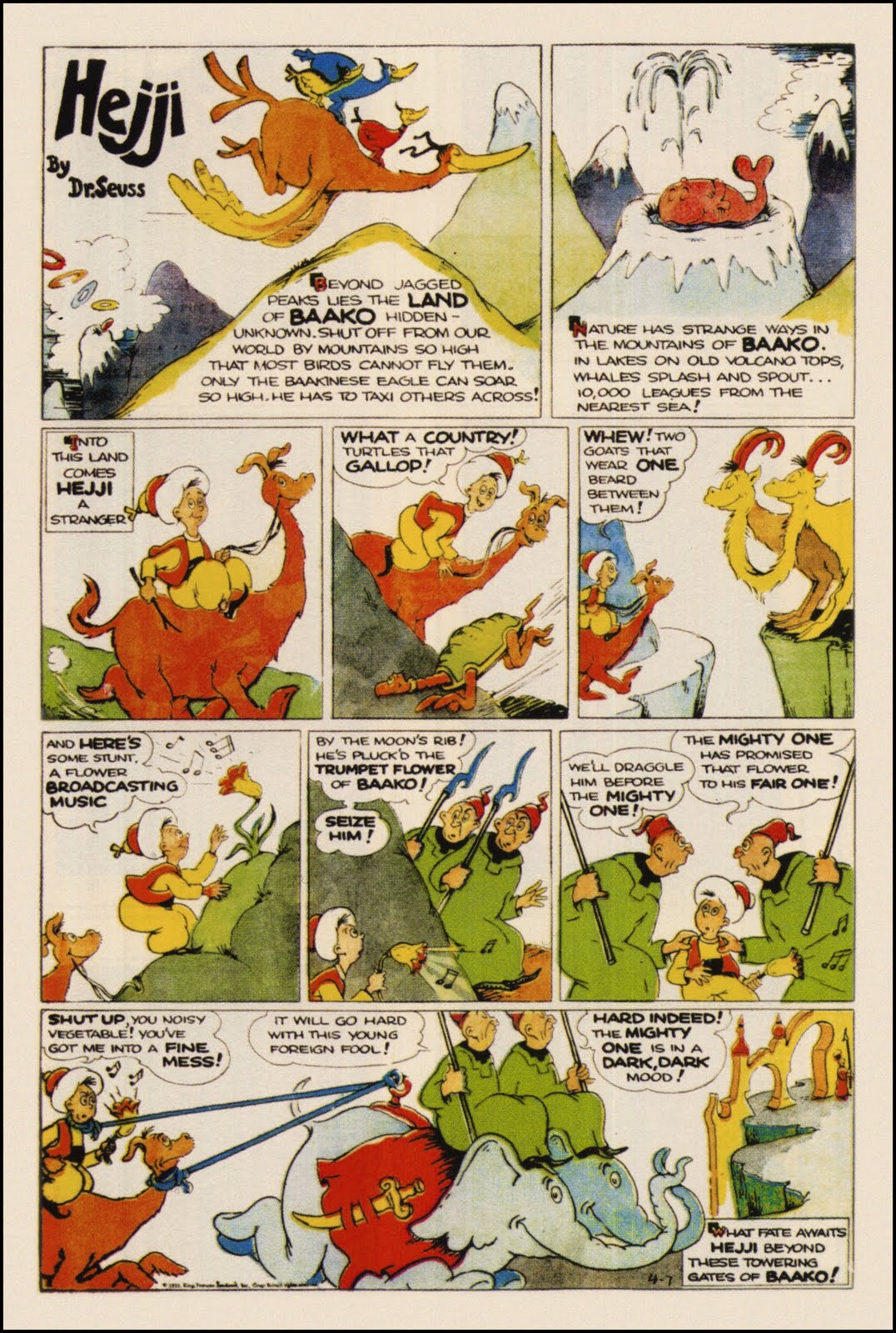I've been hesitant to write about this, because I'm not entirely sure how unexpected it is. I prefer to write about creators whose comic strip careers have been completely and entirely shrouded by whatever else they've done. I've always felt like Matt Groening's career prior to The Simpsons was well known, at least among fans of his, so I never felt a need to touch on it. That said, as the years go on, I have seen The Simpsons and Futurama continue to be remembered and referenced while Life In Hell, Groening's newspaper comic, has slightly faded into obscurity. So, I thought I ought to shed a bit more light on it.
Life In Hell was a comic strip that ran from 1980 to 2012, primarily in alternative weekly newspapers. It began life in 1977, as a comic book that Groening photocopied and sent to his friends, with various gags about how horrible it is to live in Los Angeles. He attempted to get some of his comics published in the LA Weekly without success. In 1978, he successfully had it published in the magazine Wet, but it didn't last long there. After working at the LA Reader for a while doing various jobs, he showed some of his comics to the editor, James Vowell. Vowell liked his work, and began publishing the strip in the back of the paper in 1980. After some initial success in the Reader, Groening was able to convince several other newspapers to run the strip as well. While working at the Reader he met Deborah Caplan, who later became his first wife. By his own admission Groening was not very good at self-syndicating, and asked Caplan to assist. Eventually the two of them would start the Acme Syndicate, which initially syndicated not only Life In Hell, but also Lynda Barry's Ernie Pook's Comeek and cartoons drawn by John Callahan. Barry would later decide to syndicate herself, and Callahan would later be syndicated by a former Groening employee, leaving Life In Hell as the only strip at the Acme Syndicate. Larger, more mainstream syndicates expressed interest in the strip as well, though they would generally ask for some of the material to be changed, which Groening refused to do. This did nothing to halt its success, however. Even though at that time you couldn't see it in any mainstream publications, it was in nearly every alternative newspaper you could find.
This popularity within the alternative press is precisely what led to Groening's animation career. Groening was initially approached to do an animated adaptation of Life In Hell, but was apprehensive due to having to give away licensing rights to the strip. Rather than jeopardize any future opportunities to license Life In Hell, he created The Simpsons, which first ran as short animations on the Tracey Ullman Show in 1987 and later became a standalone animated series beginning in 1989.
The Simpsons became very popular fairly quickly, and would of course become one of the most successful animated shows in history. Despite this, Groening continued to produce weekly Life In Hell strips and at that time promised to never give it up, as it was "his foundation." In fact, the success of The Simpsons led to more success for Life In Hell. While major syndicates had previously hesitated to print the strip in its original form, now that his work had been generally accepted among mainstream audiences they were willing to run it without alteration. Groening did make one concession, which was to not use profanity, but the content was otherwise the same, and several mainstream newspapers began running the strip in the mid- to late 90s.
His work on Life In Hell also crossed over with his work on The Simpsons in some ways. Several episodes of the show include references to the strip. In 1993, when Groening started a comic book company to publish comic books based on The Simpsons, among other properties, he named it Bongo Comics after the main character of Life in Hell, Bongo. The strip was clearly very important to him, even as it took a backseat to The Simpsons in most people's minds. When you read Life In Hell, however, you can understand why.
Life In Hell is clearly a very personal strip. While the characters in the strip are fictional, the situations are pulled from Groening's own life. As previously stated, the initial gags were all about his experiences living in LA, but later he would do gags relating to his childhood, being married, and having a child of his own, as well as some of his struggles working in television and in Hollywood. The humor is dark and sometimes depressing, and I personally find it difficult to read. That said, I can imagine that many people can relate to it and that it was therapeutic for him to draw and write. His childhood clearly was very rough, with abusive parents and siblings, and his adult life in many cases seemed very difficult for various reasons. One can understand, then, why he would want to continue doing it despite his success with other media and the dwindling newspaper market. It was a thing that he did for him, that he could control completely, and he wanted to create something of that sort.
Despite this, the strip ultimately came to an end in 2012. At least as early as 2009, Groening had stated that he didn't think the strip would last much longer, due to changes in the alternative press market as well as his ever increasing television and movie workload. Groening had apparently made attempts to publish his strips on the Internet as far back as 1998, but none of those attempts ever bore any fruit. There are fan-made archives of his work on the Internet, however.
For more information:
Life In Hell at Don Markstein's Toonopedia
Matt Groening at Lambiek Comiclopedia
Rob Rodi on Life In Hell from The Comics Journal #114
Matt Groening article in TV Host, from 1989
Excerpts from a Matt Groening interview with Gary Groth, from The Comics Journal #141
Matt Groening interview in Flux Magazine, from September 1995
Matt Groening interview in Mother Jones, from March/April 1999
Matt Groening interview with CNN, from February 2009
USA Today article on the strip ending
Life In Hell references in The Simpsons, up to 2014
